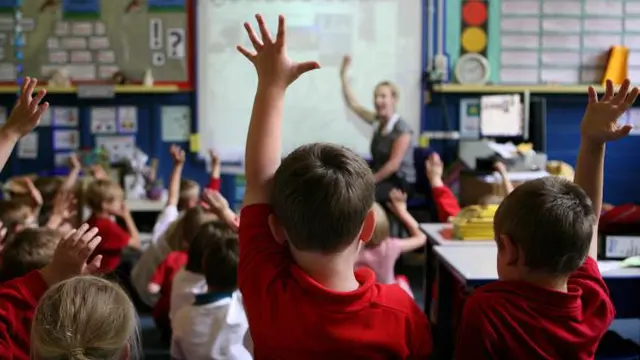The ancient ballet drama "Dunhuang" in northwestern China's Gansu Province is one of the must-see treasures of the world.
It annually attracts numerous tourists and casts a magic spell over artists, many of whom have spent their lives protecting and preserving the artwork. A ballet drama dedicated to the charm of Dunhuang's cave art and its protectors' devotion was recently staged in Beijing to much praise.
The show premiered at Beijing's Tianqiao Art Center in late September. Presented by dancers of the National Ballet of China, it tells the story of a romance between an overseas Chinese violinist Nian Yu and a Dunhuang art protector called Wu Ming.
Nian Yu first came across a book of paintings about the Dunhuang cave art in Paris, which seduced her into coming to the Mogao Grottoes, also known as the Thousand Buddha Grottoes, in the southeast of the center of Dunhuang.
There she met and fell in love with Wu Ming, who protected the murals by copying them.
Their love bloomed in the wild desert, charmed by the beauty of the flying Apsaras portrayed in the caves. But when Nian Yu had to leave for Paris, Wu would not follow her because he couldn't afford to leave his beloved Dunhuang.
After their heart-breaking separation, Wu threw himself into saving the grotto murals but fell ill from overwork.
"There are many artists like Wu Ming working in Dunhuang, some of them (are) outstanding painters. They gave up their personal advancement and came here to copy and guard the Dunhuang art. What they have achieved will be part of Dunhuang's glory. They have gone from selfishness to selflessness," Fei Bo, the director and choreographer of ballet drama "Dunhuang" said.
Fei Bo is a young choreographer with the National Ballet of China. He and his teams visited Dunhuang six times during the course of creating the drama. They stayed there for over three months and were deeply touched by the sacrifices of the artists working there. These include the founder of the Dunhuang Academy Chang Shuhong, and his successors Duan Wenjie, Fan Jinshi and Wang Xudong. All of them have spent much of their lives and conquered great difficulties to preserve the Dunhuang art.
"I hope this drama would not only expose to the audiences the beauty of the ancient Dunhuang art, but also the devotion of generations of artists and protectors working there. The thousand-year mural paintings will come alive with through human beings' devotion," Fei explained.
The choreographers carefully studied the Dunhuang art and consulted with the staff of the academy. They altered the ballet 28 times before everyone was happy with the final version.
Music is an integral part of the ballet drama. Guo Wenjing is the composer behind the solemn and stirring melodies tailor-made for the play. Performed by an orchestra, the music is drips with historical thickness as well as sentimental romance.
"This work is my most romantic one. The audience might feel the powerful presentation of the folk instrument, the panpipes. It combines well with the western instruments and the orchestra as a whole. It brings the alive images of the flying Apsaras. I hope the music expresses the beauty of the art and the dreams of its protectors. I composed the work with great zeal," Guo said.
After the show's debut, the National Ballet of China collected suggestions and opinions from both the audience and experts. It intends to make any necessary changes before a world tour next year, offering people across the globe a chance to enjoy the unique charm of the Dunhuang art in the style of ballet.
(CGTN)
 简体中文
简体中文

